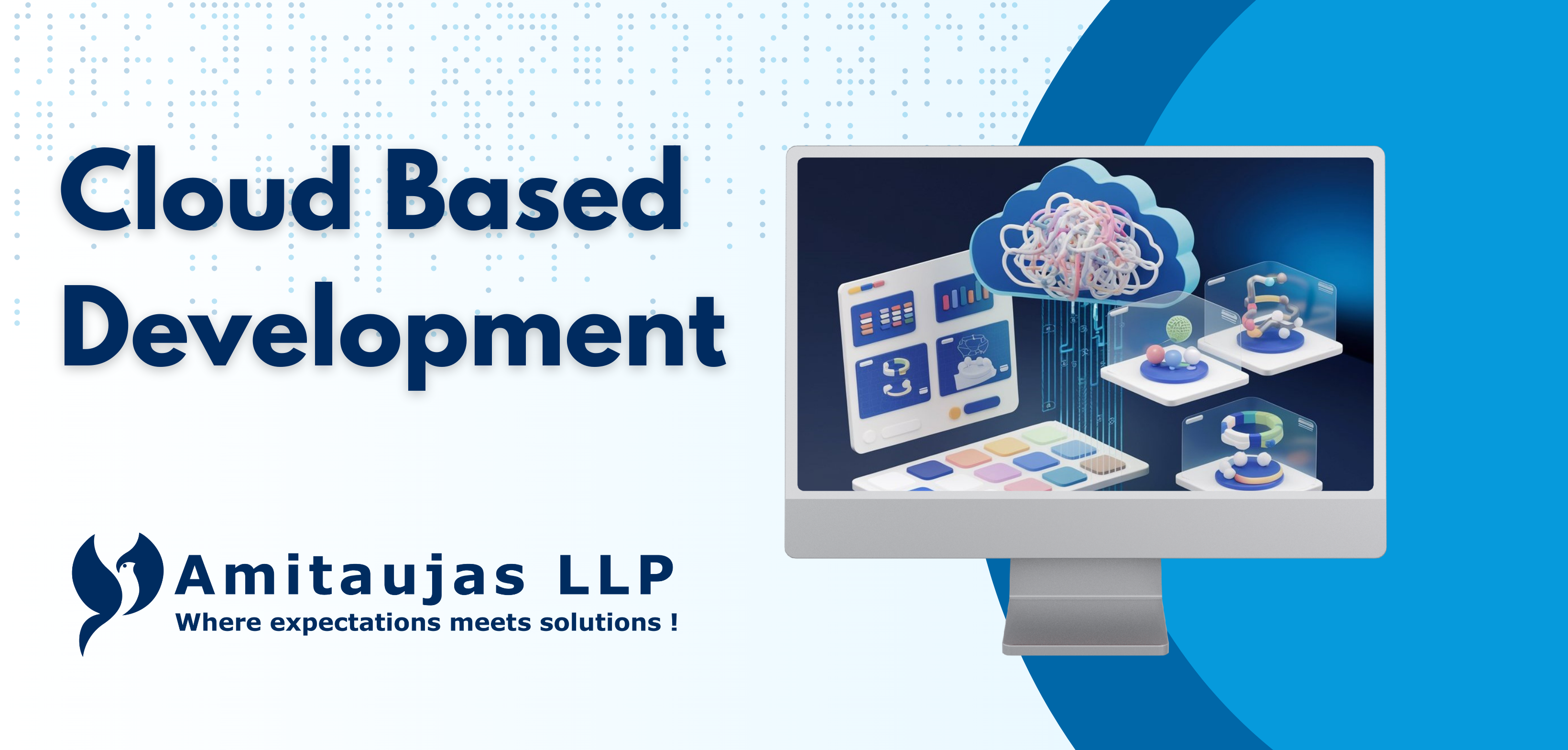
Cloud-Based Development
Introduction
Cloud-based development has transformed how software products are built, deployed, and maintained. By harnessing the power of cloud computing, developers can access scalable resources, collaborate seamlessly, and bring products to market faster than ever before. This approach has become the go-to method for building modern applications, benefiting both startups and large enterprises.
What is Cloud-Based Development?
Cloud-based development refers to the practice of designing, building, and deploying applications using cloud infrastructure and services. Unlike traditional on-premise development, this approach provides a flexible and scalable environment, allowing developers to focus more on coding and innovation rather than infrastructure management.
Key Benefits of Cloud-Based Development
- Scalability: Cloud environments offer on-demand scalability, enabling businesses to quickly adjust resources based on their needs. Whether handling traffic spikes or scaling down during off-peak hours, cloud solutions are highly adaptable.
- Cost-Effectiveness: With a pay-as-you-go model, you only pay for the resources you use. This reduces upfront costs and simplifies budget management, especially for startups.
- Faster Time to Market: Cloud platforms provide pre-built tools and services that accelerate development cycles. Automated deployment, continuous integration (CI), and continuous delivery (CD) pipelines can be set up with minimal effort.
- Global Accessibility: Teams worldwide can collaborate in real-time using cloud-based tools, improving productivity and eliminating geographical barriers.
- Improved Security: Leading cloud providers offer built-in security features like encryption, identity management, and regular security updates, safeguarding applications from vulnerabilities.
Common Cloud-Based Development Models
- Infrastructure as a Service (IaaS): Provides virtualized computing resources over the internet. Developers have control over infrastructure components like storage, networking, and servers.
- Platform as a Service (PaaS): Offers a platform for building applications without worrying about the underlying infrastructure. It includes tools for development, testing, and deployment.
- Software as a Service (SaaS): Delivers software applications over the cloud. Users access the software via a subscription model, eliminating the need for local installation.
Challenges in Cloud-Based Development
- Vendor Lock-In: Heavy reliance on one cloud provider can limit flexibility. Migrating to another platform may involve significant time and cost.
- Complexity of Management: While cloud platforms are user-friendly, managing large-scale environments with multiple services and configurations can be challenging.
- Security and Compliance: Developers must ensure their applications comply with industry regulations and data privacy laws, despite robust cloud provider security.
- Learning Curve: Adapting to cloud-specific tools and services may require additional training and time investment.
Best Practices for Cloud-Based Development
- Use Microservices Architecture: Break your application into smaller, independent services that can be developed, deployed, and scaled individually.
- Automate Everything: Leverage automation for testing, deployment, and monitoring to streamline processes and reduce human errors.
- Focus on Cloud-Native Development: Design applications specifically for cloud environments using principles like statelessness and elasticity.
- Embrace DevOps and CI/CD: Integrate development and operations teams with continuous integration and delivery pipelines to improve efficiency and reduce deployment risks.
- Monitor and Optimize: Use cloud monitoring tools to track performance, identify bottlenecks, and optimize resource usage for cost-efficiency.
- Implement Containerization: Use technologies like Docker and Kubernetes to package applications and their dependencies, ensuring consistency across different environments.
